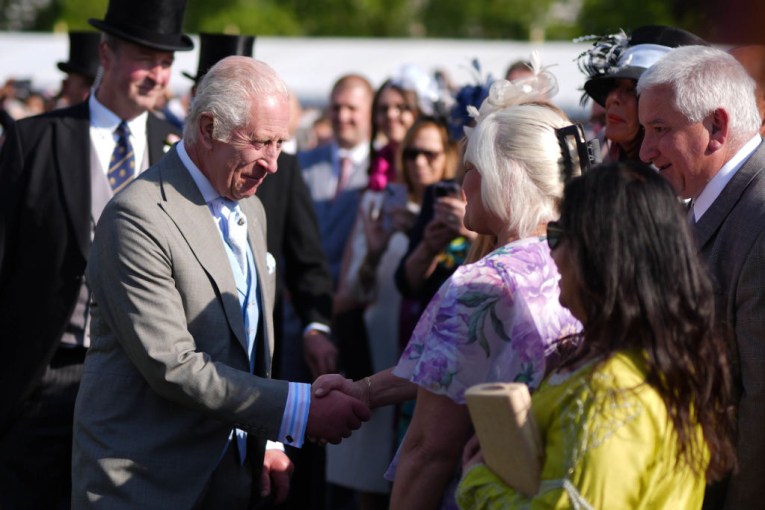Vital repair work to fix cracks and holes in Stonehenge’s prehistoric megaliths is beginning in one of the biggest conservation jobs at the world heritage site in decades, English Heritage says.
The work at Stonehenge, one of the world’s most famous prehistoric monuments whose stones date back some 4500 years, will deal with problems caused by erosion and fix previous repairs which were uncovered by detailed laser scans.
“Stonehenge is unique among stone circles by virtue of its lintels and the special joints used to secure the lintels in place,” Heather Sebire, English Heritage’s senior curator for the site.
“Four and a half thousand years of being buffeted by wind and rain has created cracks and holes in the surface of the stone, and this vital work will protect the features which make Stonehenge so distinctive.”
4500 years of erosion takes its toll, so today a major conservation project begins at @EH_Stonehenge.
To mark the project, the boy who placed a halfpenny under a Stonehenge lintel has returned to place a new coin 63 years later! pic.twitter.com/f7O6aNWqvU
— English Heritage (@EnglishHeritage) September 14, 2021
The work, which will see scaffolding erected to allow access to the top of the stones, the largest of which is about nine metres high, will stop existing cracks getting bigger.
It will also replace concrete mortar, which was used for repairs in the 1950s and 1960s, with lime mortar.
As part of the project, Richard Woodman-Bailey, 71, who placed a coin under one of the giant stones in 1958 during the last major conservation works when he was just eight, will come back to place a newly struck £2 coin within the new mortar, English Heritage said.
Mr Woodman-Bailey’s father was the chief architect for Ancient Monuments who led the earlier restoration work.
-Reuters








